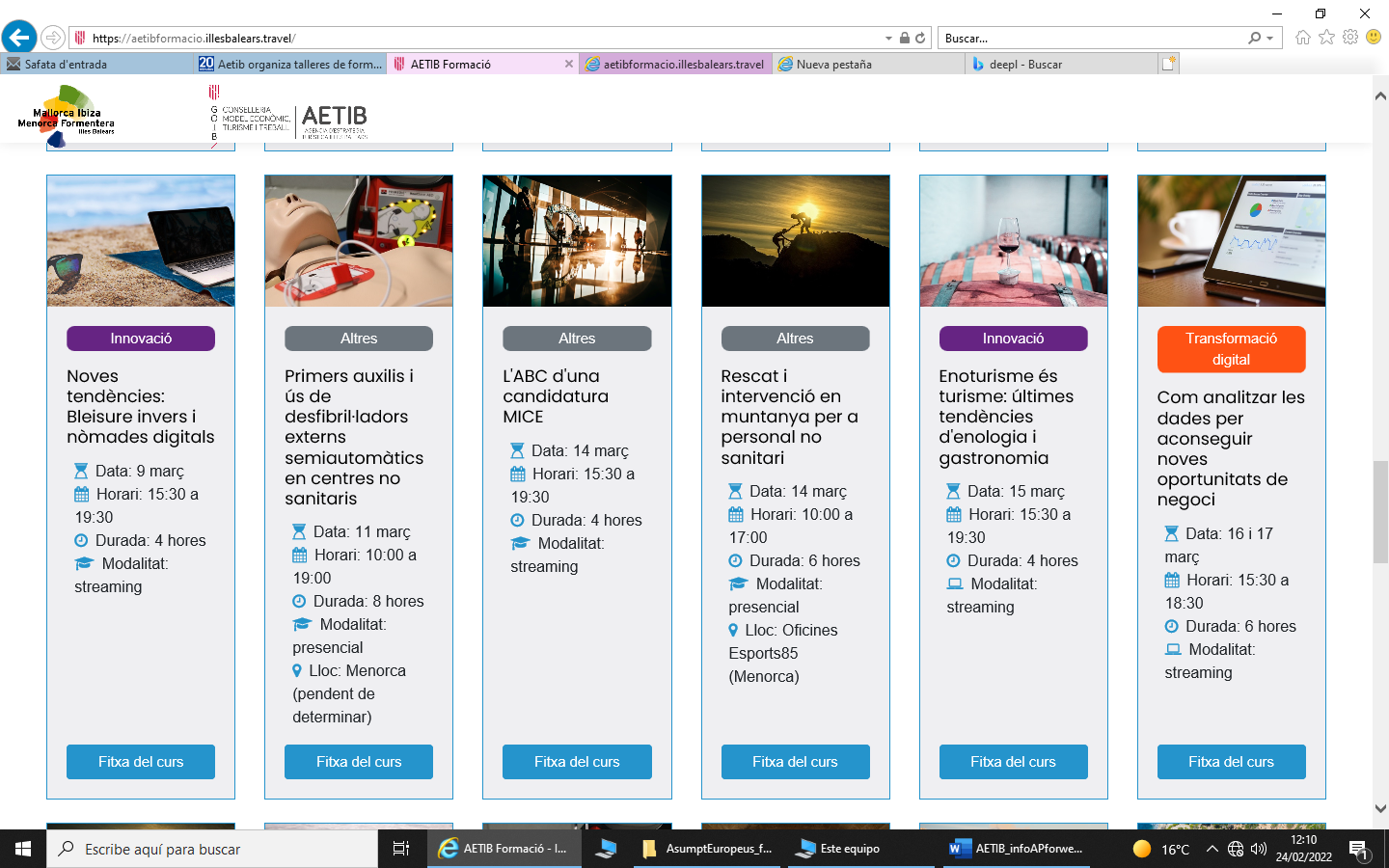
20 training courses for SMEs by Balearic Islands
Balearic Islands offering the tourism businesses and professionals a wide range of tourism courses to update and expand knowledge.
Watch here the Final Event of BRANDTour project
https://www.facebook.com/watch/live/?ref=watch_permalink&v=910584156508174
BRANDTour main video
Europe is the N.1 travel destination in the world today. Tourism is its 3rd economic activity, with 3.4 million enterprises, 12 million jobs and accounting for 9,7% of the GDP. The sector has proved resilient to the crisis with international tourist arrivals reaching 588 million in 2014 and a yearly increase of more than 4% in 2010-2015. On the other hand, the highest growth of tourism in recent years has been in non-EU areas. Americas registered +8%, and Asia and the Pacific +5% in 2014. The competition from alternative less expensive destinations is surging, and other world regions are likely to replace EU as the most visited area by 2030. To avoid receding, EU regions need to support the sector by helping tourism SMEs become more competitive and their offer more attractive. The diversification of the offer and the promotion of EU’s unique attractions should be made a major competitive advantage for EU tourism.
The objective of the BRANDTOUR project is to improve the partners’ capacity to support tourism through the promotion, innovation and diversification of the offer. The project aims to provide better policy instruments to develop new customised tourism products that can satisfy emerging target groups, and favour inbound flows towards the EU.
Through interregional cooperation the partners will develop better instruments to:
- enhance the visibility and market uptake of known and less known destinations;
- valorise attractions through better marketing, branding and communication;
- innovate the offer by clustering tourism SMEs and products;
- increase synergies between tourism private and public stakeholders;
- deliver more customised packages by diversifying the offer;
- leverage local value chains and excellence to develop thematic and experience-oriented tourism.
These instruments will increase the ability of EU tourism SMEs to meet the challenges of the market, reduce seasonalization and maximise the economic potential of the sector.
€1,302,466.00
SME competitiveness
Among the objectives of Axis 3 of the Tuscany’s ERDF ROP 2014 2020 is to enhance the competitiveness of SMEs through the promotion of the tourism offer by SMEs on foreign markets. It aims to qualify and innovate the activities of promotion and marketing of tourism and related services, facilitate the economic exploitation of new ideas, develop new business models for SMEs and support product and service development. In particular, it intervenes – in coordination with other actions to support Tourism - to promote the aggregation of companies operating in the tourism sector, with the aim of increasing exposure and market share on foreign markets.
Starting from the current position of Tuscan tourism on international markets, and the need to avoid a possible decline due to emerging competitors, the actions of Axis 3 should be made more effective to increase and diversify the offer in order to attract increasing tourist flows in the framework of a more distributed development of tourism, an enhanced competitiveness of tourism SMEs and an increase in the average spend and length of stay. The aim of the BRANDTour project is to achieve this policy change in several ways by supporting a greater aggregation of Tuscan destinations and tourism enterprises for the promotion, innovation and diversification of their offer on foreign markets.
This policy instrument aims to enhance the competitiveness of SMEs through innovation, openness and the development of new areas. The promotion of innovation in businesses is related to the creation of an innovation culture in the business world, entrepreneurs and citizens of Crete. The instrument supports the creation of clusters and regional networks focused on the enhancement of the competitiveness of the tourism-culture-environment-agri-food sectors.
The main features of this policy instrument are :
A. To promote business partnerships with research institutes;
B. To support innovation of enterprises through an integrated package of measures;
C. To support business through more competitive products in order to penetrate international markets
This instrument focuses on SMEs and entrepreneurship of the tourism sector, it aims to enhance tourism products and to promote tourism’s SMEs through the innovation, clustering and diversification of tourism products.
The instrument should be improved to increase the tourism potential and the capacity to diversify tourism products and tourism culture through the exchange of good practices and know–how in regard to the other partners' regional policies.
The Policy instrument is focusing on enhancing international competitiveness through marketing and other activities for tourism SMEs. It includes the following measures: support for small and medium-sized enterprises to participate in exhibitions, conferences abroad, participation in trade missions and support for the product or merchant accreditation, certification, registration; advice and support for businesses of external markets and measures to attract foreign investment; national stand arrangement in international tourism exhibitions abroad as well as the tourism marketing activities implementation in Latvia and abroad.
The policy instrument is tightly linked to the Latvian Tourism Development Guidelines 2014-2020. The overall goal is to ensure the sustainable growth of the Latvian tourism sector by increasing the international competitiveness of tourism services in export markets in ways which meet the criteria for sustainable tourism product development, increase international tourist arrivals, reduce seasonal imbalance in tourism flows and extend the average length of stay. The strategic types of tourism are MICE and health tourism/wellness.
By improving the policy instrument and the policy documents related to it, it would be possible to rise the competitiveness of the tourism SMEs, focus on private and public partnership to deliver quality and explore new possibilities for developing tourism products with high added value managed in a sustainable way.
This policy instrument strives to create an innovative, creative and sustainable East-Flanders by ‘Stimulating tourism and recreation in a sustainable and professional way’. This “Strategic Policy Plan for Tourism” issues a yearly ‘Tourism Action Plan’ focusing on the relationship between tourism SMEs development and regional marketing.
The core objectives of the Plan are:
1. To develop sustainable, qualitative and innovative tourism products
2. To advise and stimulate tourism SME’s on creating new tourism products (cooperation between public and private actors)
3. To coordinate different local tourism initiatives on a regional level
4. To communicate and promote (known and less known) tourism destinations and initiatives in East-Flanders
5. To attract new business tourism (MICE)
6. To act as a knowledge and expertise center for all stakeholders
7. To stimulate new value creation through cooperation between tourism SMEs and other sectors such as sports (e.g. cycling), culture, local food sector, horticulture (flowers) and crafts.
Although East-Flanders is attracting more and more tourists, diversification is a major challenge. Leveraging tourism main attraction of historical cities and cycling to less known (often rural) areas and others sectors (local food, culture, crafts) can bring many opportunities. Economic discovery tourism is another underutilized asset to valorise our East-Flemish products of excellence in the food sector (beer, chocolate, hams).
The Regional Operational Programme of South Netherlands (OPZuid) - Specific objective 1B1 aims to strengthen open innovation through a greater participation of SMEs in national and international clusters. South Netherlands has a good starting position in terms of innovation, but it aims to become one of the 3 most innovative and competitive regions in Europe, which needs investing more in SMEs innovation. Specific objective 1B1 of OPZuid fosters crossovers among different sectors, cooperation among SMEs, industry and research, and cluster projects and programs to stimulate demand-driven open innovation of SMEs.
The instrument should be improved to raise the innovation levels of tourism SMEs. It should become more effective in supporting the clustering of tourism SMEs among them and with other sectors to innovate their products. Due to the success of tourism in the last decades, many tourism SME’s (especially bungalow parks, camping sites and medium sized family run hotels) did not innovate nor adapt their offer to a changed demand, and are not effective in promoting and communicating. Improving the instrument will help tourism SME’s exploit the new market trends through better marketing and promotion and boost their online presence and performance through more customised and experience-oriented tourism packages (Customer Journey Model).
The policy instrument (ROP Baleares Region, OT3) specific Priority PI.3D aims at supporting the capacity of the SMEs to grow in regional, national and international markets, and to engage them in innovation processes.
The Regional Operational Programme devotes 4.45% of the total resources to OT3. This objective is line with BRANDTour goals, as it can help the region to strengthen the promotion of tourism products in emerging markets and to increase image, visibility and presence on foreign markets of the Balearic Islands. The project can help tourist SMEs to develop products and services that encourage the tourist demand and positively contribute to the diversification of the tourist offer.

Balearic Islands offering the tourism businesses and professionals a wide range of tourism courses to update and expand knowledge.
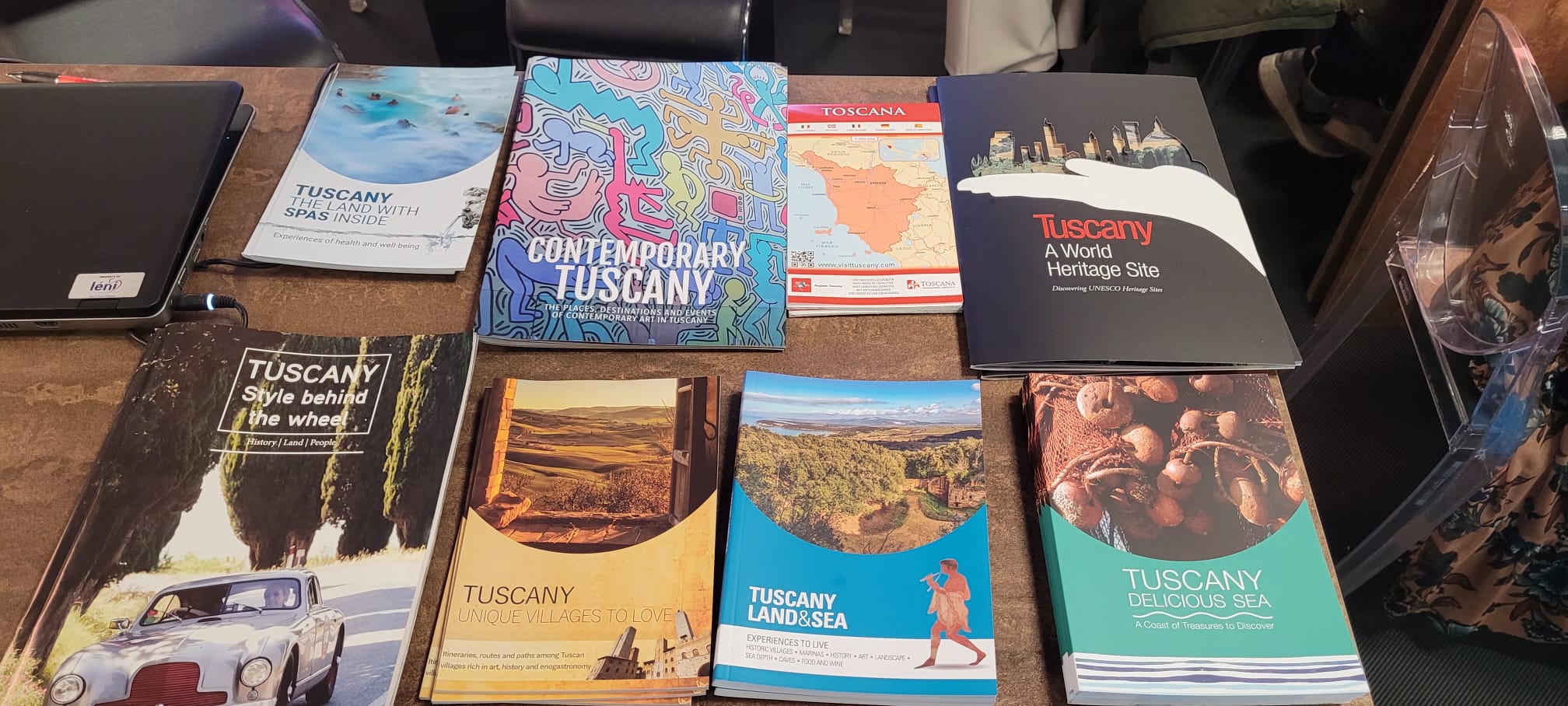
Mare Ghiotto, the tourist guide resulting from the BrandTour project, promoted in the most important international fairs
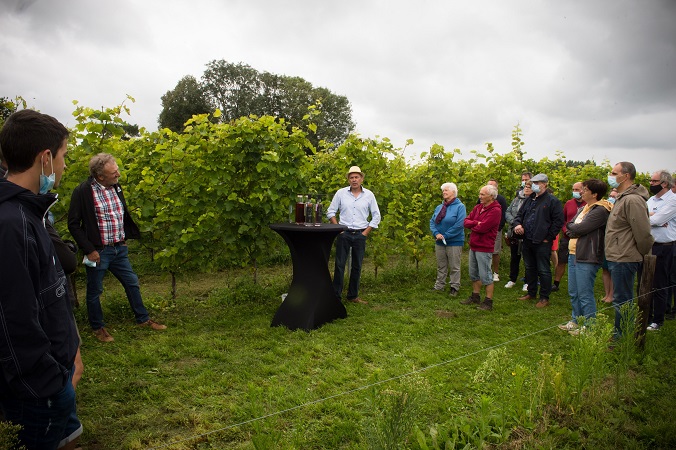
Wine tour connecting different vineyards throughout the region
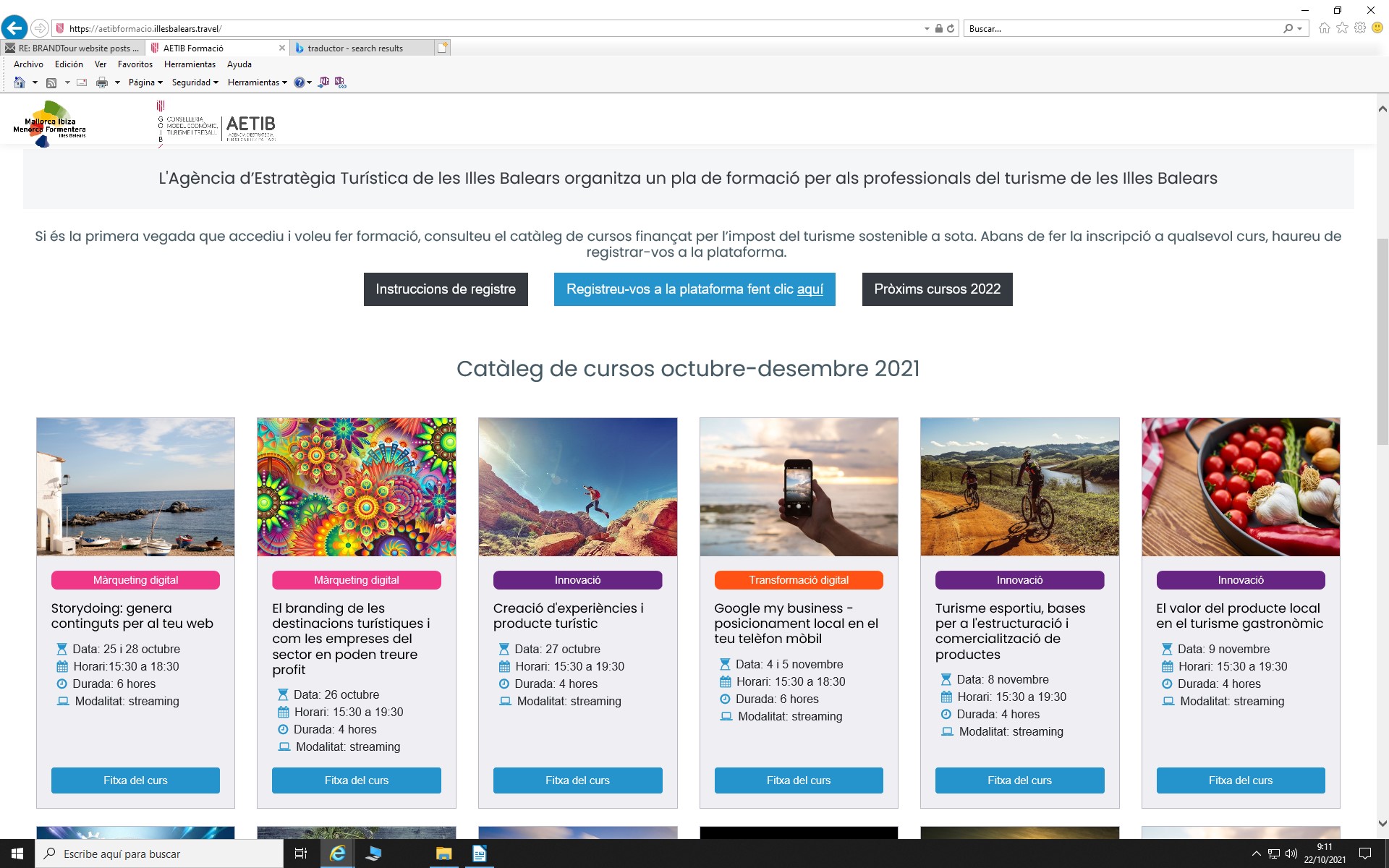
From October to December 2021, Balearic Islands Agency for Tourism offers the second edition of online courses for tourism SMEs to improve their competitiveness

East-Flanders is a province with a large tourist offer, which is why we wanted to stimulate the people to do something in their own region, maybe something they...

The "Mare Ghiotto" (Delicious Sea) guide was presented at the final event of BRANDTour project
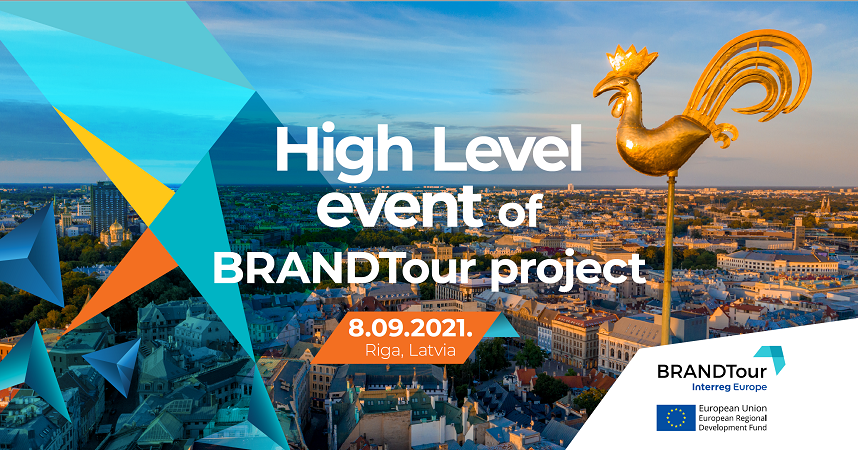
BRANDTour PROJECT FINAL EVENT
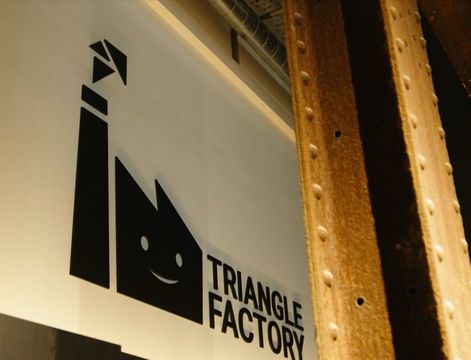
Due to COVID 19 we changed our programme and made four movies of craftsmen in East Flanders.
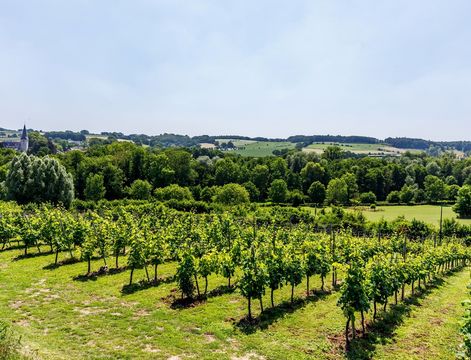
After the launch of the first wine route, Visit Zuid-Limburg launched three more wine routes.

Action 3 - MICE Events Calendar update - Ministry of Economics of the Republic of Latvia